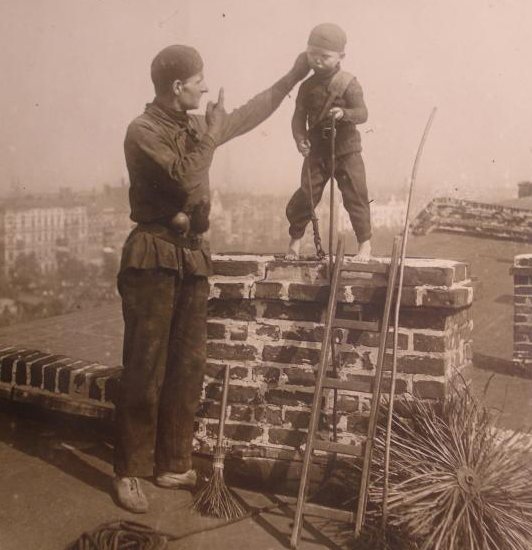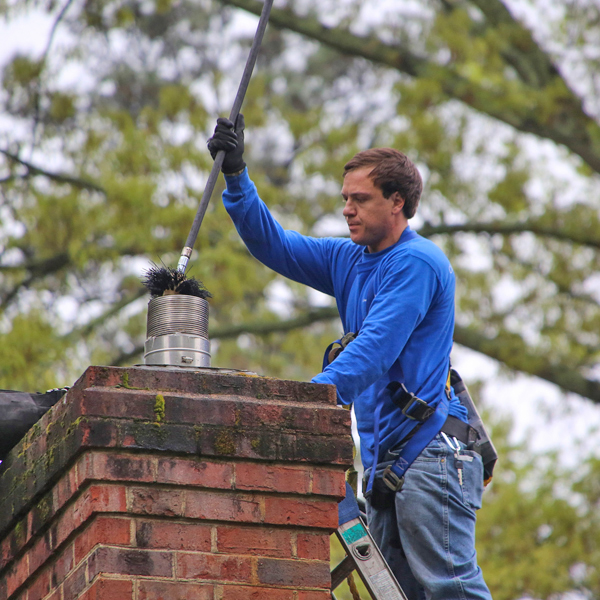Why san jose chimney repair is Crucial for Long-Term Home Maintenance
Why san jose chimney repair is Crucial for Long-Term Home Maintenance
Blog Article
Just How to Determine Common Issues That Require Chimney Fixing in Your Home
Recognizing typical concerns that require chimney repair in your home is critical for keeping both safety and effectiveness. Normal assessments can reveal substantial indicators such as creosote accumulation, visible splits, and indicators of moisture intrusion. What are the specific steps one can take to ensure their smokeshaft continues to be in ideal condition?

Signs of Creosote Build-up
Among one of the most important indicators of chimney issues is the build-up of creosote, a result of wood combustion. This substance types when smoke cools and condenses on the walls of the smokeshaft, leading to a thick, tar-like deposit. Gradually, creosote buildup can present significant security risks, consisting of a boosted risk of smokeshaft fires.
House owners need to be watchful in observing signs of creosote accumulation. One primary indication is the visibility of a strong, poignant odor originating from the smokeshaft or fireplace, particularly during cooler months when the fireplace remains in usage. san jose chimney repair. Furthermore, dark, shiny deposits on the chimney flue or in the firebox may signal extreme creosote accumulation
Normal evaluations can help recognize the level of the problem. It is recommended that an expert chimney sweeper performs a yearly evaluation to assess creosote levels and carry out required cleansings. If home owners discover any kind of modifications in the efficiency of their fireplace, such as reduced draft or difficulty in starting a fire, it might show a creosote problem. Dealing with these signs immediately is vital to preserving a secure and reliable smokeshaft system.
Noticeable Fractures and Damages

Visible fractures and damage in a smokeshaft can act as considerable indication of underlying architectural issues that might require prompt attention. These flaws can arise from numerous variables, including temperature variations, settling of the home, and wear and tear of products in time. It is vital to assess both the exterior and interior of the chimney for any kind of signs of cracking, spalling, or falling apart stonework.
Hairline cracks may show minor settling, while bigger splits can indicate a more major architectural concession. House owners must additionally be aware of any leaning or tilting of the chimney, as this can present safety threats and show foundational concerns.
Normal assessments by a certified specialist can identify these visible signs early, preventing extra extensive repairs down the line. If you observe any type of cracks or damages, it is recommended to consult a smokeshaft specialist that can analyze the circumstance and suggest proper repair options (san jose chimney repair). Overlooking visible splits can bring about boosted costs and possible hazards in the future, highlighting the value of timely treatment
Water Leakages and Wetness
Identifying water leaks and dampness invasion in a chimney is crucial for keeping the stability of both the smokeshaft structure and the home. Water penetration can lead to significant damage with time, consisting of structural deterioration, mold and mildew development, and jeopardized security. Among the most typical indicators of wetness concerns is the presence of efflorescence, which looks like white, grainy deposits on the chimney's outside. This takes place when water evaporates, leaving mineral salts.
Additionally, home owners ought to inspect for indications of water stains on interior wall surfaces or ceilings near the chimney, as these may suggest leakages. Regular evaluation of blinking, the product that seals the smokeshaft to the roofing system, is essential. Damaged or incorrectly installed flashing can allow water to permeate into the smokeshaft structure.
Throughout heavy rainfall or snowmelt, focus on pooling water near the smokeshaft base or on the roofing. This can signify incorrect water drainage or blockages that require to be resolved. Normal upkeep and timely repair work are important in protecting against moisture-related concerns, making sure the chimney remains practical and secure for usage.
Undesirable Smells

Another possible resource of odor is animal breach. Birds, raccoons, or other wildlife might nest in the chimney, resulting in the decay of go to my site organic products, which produces nasty scents. In such cases, it is crucial to attend to the trouble quickly to guarantee both the security and comfort of your house.
Additionally, stagnant air in a smokeshaft can contribute to moldy smells, typically suggesting a lack of proper air flow. Keeping sufficient air movement is important to avoid these concerns and make sure the reliable procedure of your chimney official source system.
Regular assessments and cleansing by a professional can aid identify and remedy these odor-related problems, securing your home from future problems.
Poor Draft and Smoke Issues
A relentless inadequate draft in a smokeshaft can considerably prevent the reliable operation of a fireplace or wood cooktop, causing smoke-related issues that compromise interior air quality. This problem often leads to smoke rippling back right into the living area, developing discomfort and possible carcinogen for occupants.
Numerous variables can contribute to poor draft problems. Clogs caused by creosote build-up, debris, or animal nests can protect against correct airflow, requiring smoke to turn around instructions. Additionally, an incorrectly sized flue or smokeshaft can harm ventilation, making it challenging for smoke to leave successfully.
Climate condition, such as strong winds or low air pressure, can likewise impact chimney performance, aggravating draft problems. Homeowners may see signs like too much smoke, lingering smells, or problem starting fires.
It is crucial to resolve these problems promptly, as long term exposure to smoke can result in breathing concerns and other health and wellness worries. Routine smokeshaft examinations and upkeep are necessary to recognize and correct poor draft problems. Consulting a professional chimney move can make certain comprehensive cleaning and assessment, recovering optimum capability to your smokeshaft system and enhancing the safety of your home.
Verdict
In summary, routine assessment of chimneys is important for determining common issues that require repair work. Signs such as creosote build-up, noticeable cracks, water leaks, undesirable smells, and poor draft problems function as critical indications of potential issues. Dealing with these concerns proactively can boost the safety and security more information and efficiency of the chimney system, inevitably protecting against extra severe damages and guaranteeing ideal performance. House owners must stay alert in keeping track of these signs to preserve a functional and risk-free chimney structure - san jose chimney repair.
Report this page